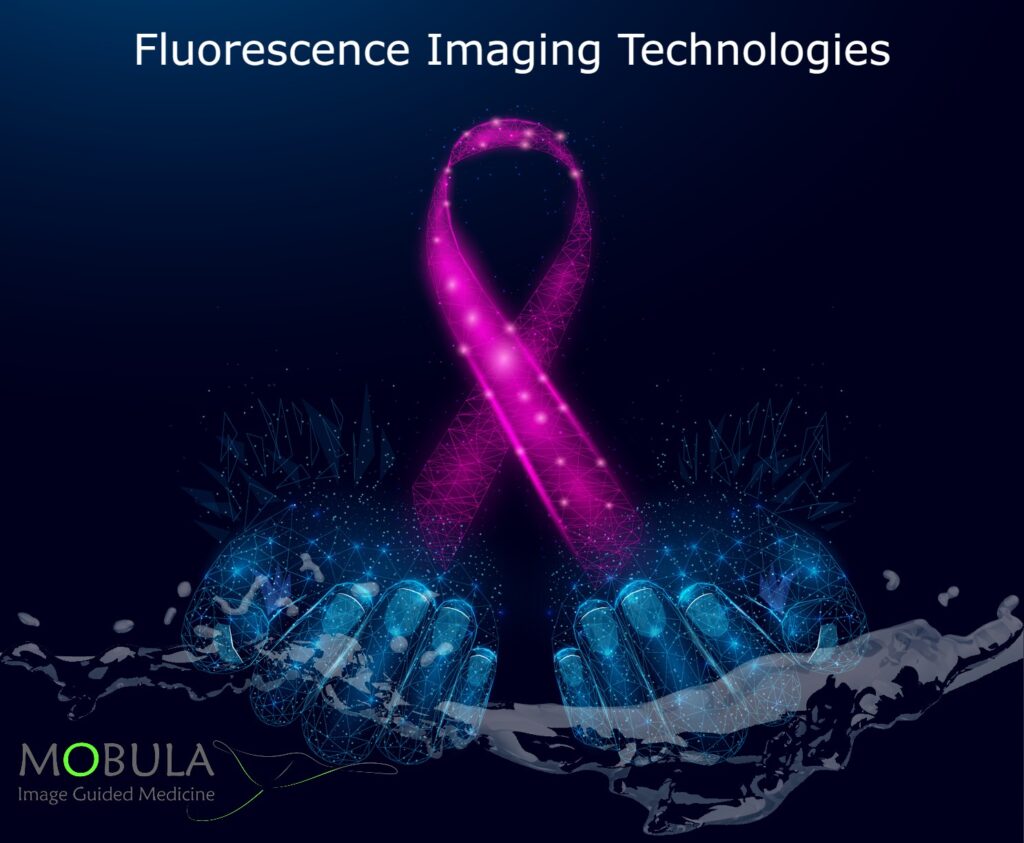
This INFLUENCE study showed that the use of ICG-fluorescence was noninferior to 99mTc-nanocolloid. ICG-fluorescence is an easy-to-apply, patient-friendly and surgeon-friendly technique. Administration of ICG is performed following induction of general anesthesia and thus, without reported discomfort of the patient. It provides surgeons with real-time visual feedback without coloring the breast tissue blue, thereby combining advantages of 99mTc-nanocoilloid and blue dye.
Presence of lymphatic metastases is an important prognostic factor for the survival of breast cancer, and their identification has consequences for further treatment. Sentinel lymph node biopsy (SLNB) is the current standard-of-care in clinically and radiologically axillary lymph node-negative patients. The current gold standard for axillary staging in patients with breast cancer is sentinel lymph node biopsy (SLNB) using radioguided surgery using radioisotope technetium (99mTc), sometimes combined with blue dye. The aim was to compare the (sentinel) lymph node detection rate of indocyanine green (ICG)- fluorescent imaging versus standard-of-care 99mTc-nanocolloid for sentinel lymph node (SLN)-mapping.
Results of this noninferiority trial support the use of ICGfluorescence as a single-tracer during SLNB as an alternative to 99mTc-nanocolloid in clinically node-negative patients with early-stage breast cancer. ICG-fluorescence allowed intraoperative visualization of the axillary SLN with a detection rate of 96.1%.
https://pubmed.ncbi.nlm.nih.gov/35894448/
